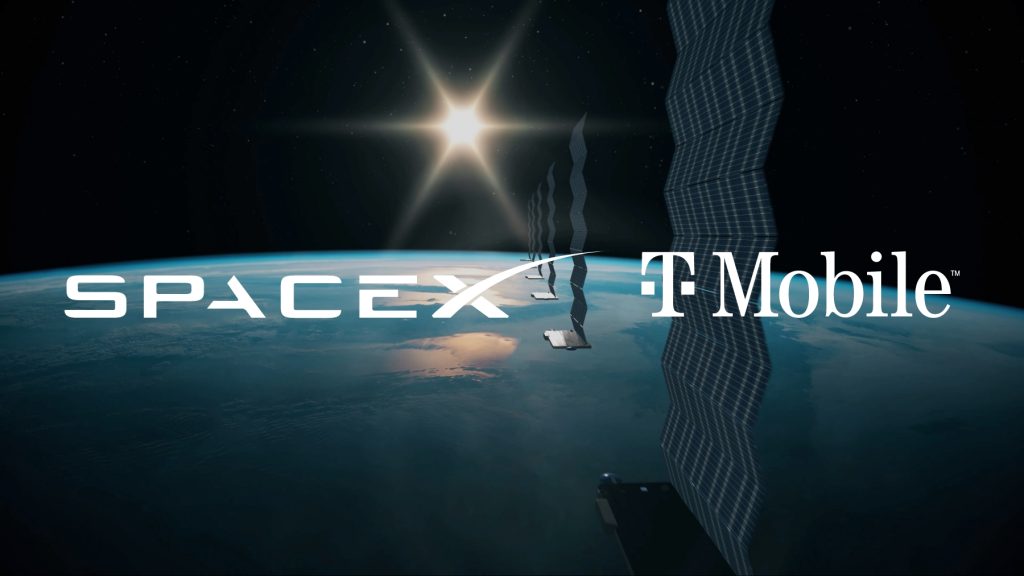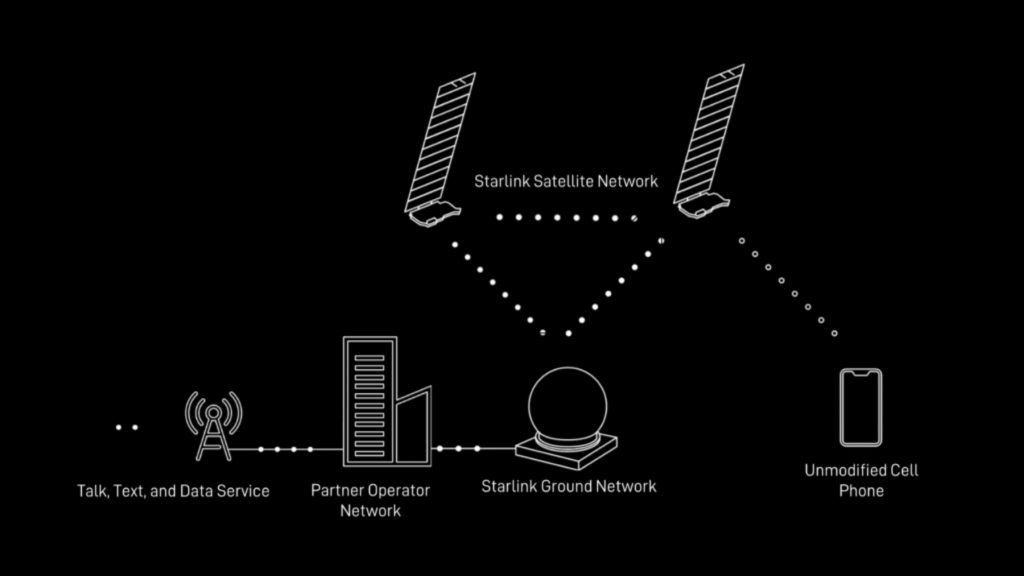 SpaceX Satellite Connectivity and T-Mobile's Texting Takes Off!
SpaceX Satellite Connectivity and T-Mobile's Texting Takes Off! SpaceX satellite connectivity operator has launched its first Starlink satellites through T-Mobile’s network, by which text messages were sent successfully, marking the first move in direct-to device (D2D) text service capabilities.
This targets remote areas or areas with weak or non-existent traditional mobile signal coverage.
Now It’s in Action
Last week SpaceX launched the first six Starlink satellites after receiving authorization from the Federal Communications Commission last month to examine the technology.
On Monday, the texting experiment took place, and the company ‘sent and received our first text messages to and from unmodified cell phones on the ground to our new satellites in space’ — and declared the test ‘validates’ that ‘the system works,’ the company declared.
With this, there is no need for Wi-Fi, traditional cell towers, or any specific equipment to send text messages, thus offering mobile connectivity to areas that were previously difficult for terrestrial networks to reach.
Thuraya VS Space X
To kick-off start by introducing Thuraya as the UAE’s first home grown satellite operator, a public company that established in 1997 is a big deal especially that is the “first company in the Middle East and Africa (MENA) to offer Ka-band services including YahClick, Yahsat Government Solutions, YahLink and Yahlive via its Al Yah 1 and Al Yah 2 satellites,” Thuraya stated.
Thuraya offers established voice, data, and internet services in remote areas, particularly in the Middle East, Africa, and Asia. Meanwhile, SpaceX, while still growing its network, is focusing on text messaging globally and plans to broaden to voice and data in the future. In this aspect, Thuraya is ahead of SpaceX in expanding its services. Thuraya is a suitable option for current requirements within its coverage areas, whereas SpaceX shows potential for meeting future global needs and potentially offering lower latency.

The Power of D2D
Returning to SpaceX, the technology used offers redundancy and alternative pathways for global communication in areas with limited infrastructure and to underserved regions. However, since this is the first service provided and is still in the initial phase, it appears to hold greater potential for voice calls and data services in the future. Furthermore, the collaboration between T-Mobile and SpaceX extends to many other mobile operators, including Canada’s Rogers, Australia’s Optus, and Japan’s KDDI.
“So far, the company has grown Starlink internet service to a network of more than 5,000 satellites in orbit, boasting more than 2.3 million customers worldwide,” CNBC stated.
Despite the power that D2D maintains, there are still some hurdles, such as the quality of calls and the response times.
Inside Telecom provides you with an extensive list of content covering all aspects of the tech industry. Keep an eye on our Telecom sections to stay informed and up-to-date with our daily articles.